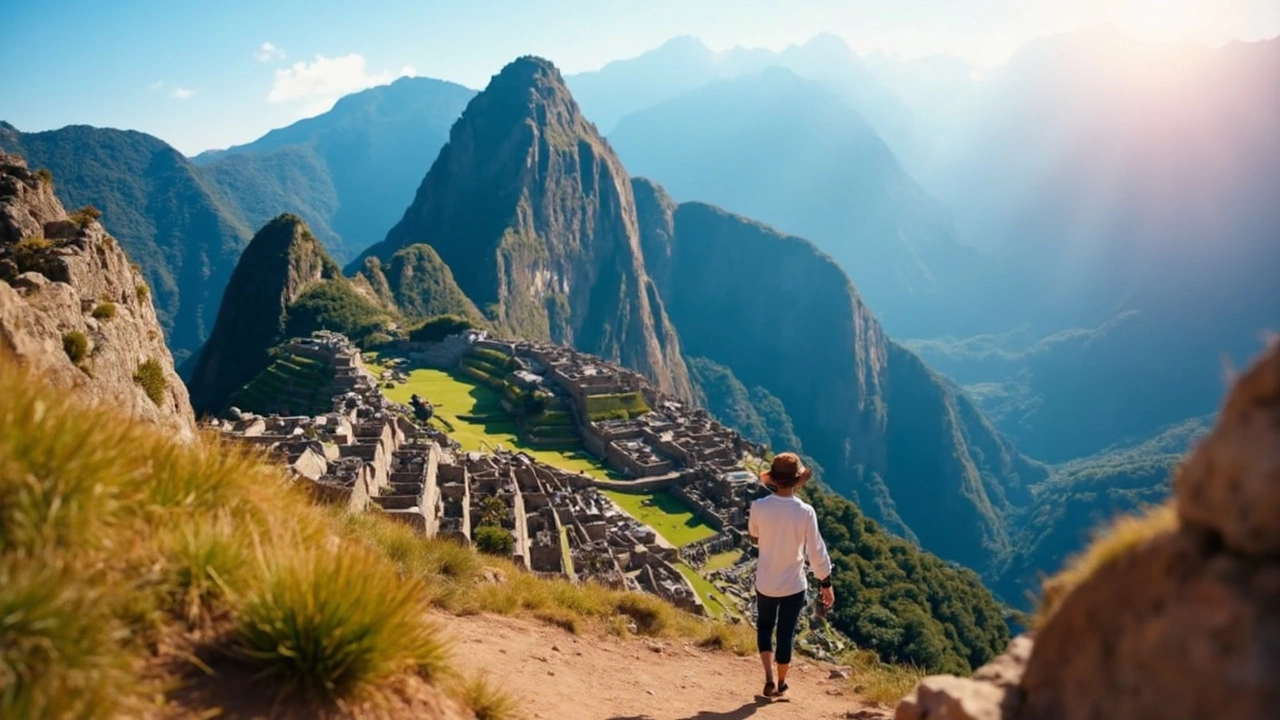Tourism Arrivals Surge Across South America in 2025
The travel scene in South America is changing fast in 2025. International tourist arrivals have jumped 13% over last year, says new data released by the UN World Tourism Organization. What’s behind this boom? More flights, smarter marketing, and some seriously irresistible weather in the Southern Hemisphere right when much of the world wants to escape winter. Let’s break down how countries like Brazil, Argentina, Chile, Peru, Ecuador, Bolivia, and Venezuela are making headlines in the travel world.
Brazil is stealing the show. This year alone, the country saw a whopping 47.8% increase in international arrivals in just the first quarter—pulling in 3.74 million visitors. New direct flight routes, especially between Brazil and Argentina, have made travel smoother. Brazil’s Ministry of Tourism hasn’t been sitting idle—government investment in infrastructure, like upgraded airports and improved tourist amenities, is paying off. Major European travelers have caught on; visitors from France, Portugal, and Germany collectively jumped 88.3%. That means some familiar Rio beaches and São Paulo skylines are hearing a lot more French and German accents lately.
It isn’t just about numbers, though. Brazil has a game plan: the National Tourism Plan aims to pull in a record 8.1 million foreign tourists each year by 2027. There’s a $10.6 million boost for flight expansion, and major events like the BRICS Summit drive buzz that lingers long after the speeches have ended. Tourism now accounts for 8% of Brazil’s GDP and supports 8 million jobs across the country, making it a cornerstone of the economy. Minister of Tourism Celso Sabino emphasizes that this surge isn’t a one-off. He calls the change "structural, not seasonal," pointing to tight partnerships between government and private players who see long-term opportunity in tourism.
Regional Collaboration and Unique Attractions Power Growth
Brazil’s success isn’t happening in a vacuum. Neighboring countries are charging ahead, too. Argentina and Chile are building on enhanced air routes and joint marketing, making it easier for tourists to hop between capitals and iconic destinations like Patagonia or the Atacama desert. Peru continues to draw crowds to its cultural and historical sites—think Machu Picchu and Cuzco—while Ecuador banks on its biodiversity, from the Galapagos to colorful mountain towns.
What really sets the region apart are the flavors, festivals, and natural wonders you simply won’t find anywhere else. Carnival in Brazil, vibrant Andean markets in Bolivia, or untouched Amazonian rainforests—they’re all drawing curious travelers eager for real experiences. Airlines have kept up, with additional routes, more frequent flights, and joint promotions that put South America’s unique charms front and center on global booking sites.
Countries are working together more. Cross-border tourism packages, more seamless visa policies, and multi-country itineraries have become the norm rather than the exception. The industry is banking on the fact that once visitors get a taste of one country, they’ll want to see more. For example, Brazilian and Argentinian tourism agencies now cross-promote destinations, making it a breeze for travelers to combine Rio, Iguazu Falls, Buenos Aires, and Patagonia in a single extended trip.
The bottom line? South America’s tourism industry isn’t just bouncing back; it’s reinventing itself. With a South America tourism boom underway, the region’s leaders see long-term promise in those larger arrival numbers. More visitors means more jobs and economic growth, and most importantly, travelers are finally discovering just how rich, diverse, and accessible these countries truly are.
